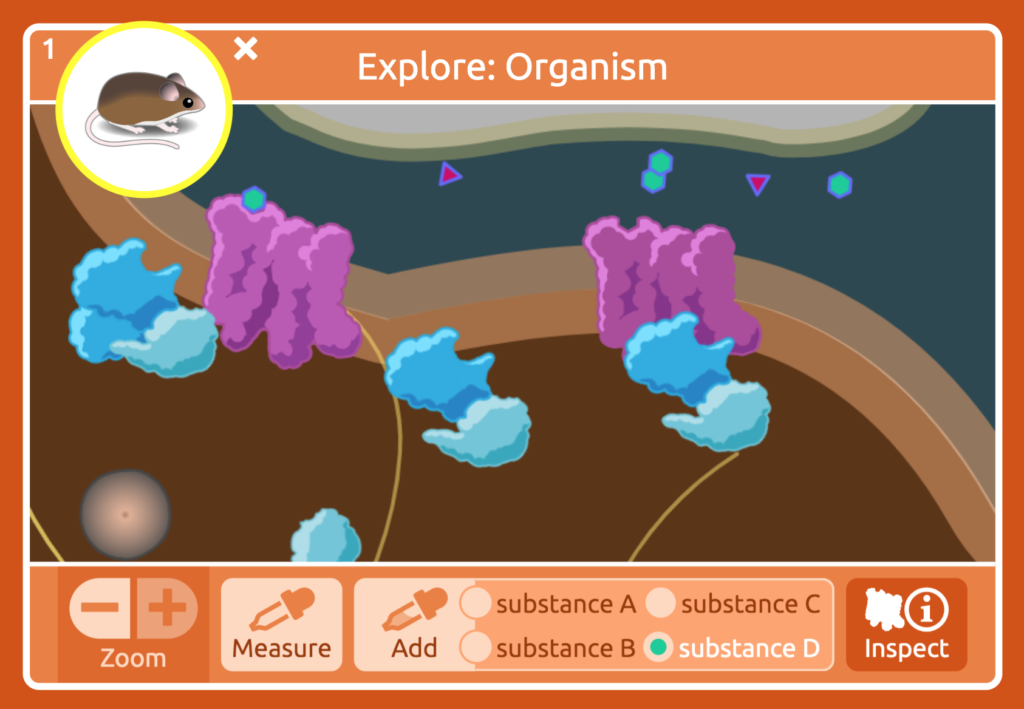Challenged by how to teach the complex topics of genetics and evolution in an integrated way? Then don’t miss Concord Consortium’s upcoming Connected Biology presentation at the National Association of Biology Teachers annual professional development conference in Chicago (November 14-17, 2019). Three high school biology teachers who have piloted ConnectedBio’s technology-enhanced lessons and hands-on manipulatives — and provided invaluable feedback from that experience — will demonstrate how its simulations integrate a network of connected biological concepts.
Rebecca Brewer (Troy High School, Michigan), Jimi McCusker (Ridley High School, Pennsylvania), and Tim Newman (Bishop O’Dowd High School, California) have been involved with the ConnectedBio project for three years and piloted the digital and hands-on curriculum in their classrooms. They overcame their multiple time zones to collaborate virtually and develop a dynamic NABT presentation “by teachers, for teachers.”
“I truly love working with the ConnectedBio team,” says Brewer. “We each bring different creative talents to the group and varied perspectives, but with a unified passion for creating high-quality materials for students.”
ConnectedBio uses a real case study of deer mice to explain the many lenses through which evolution can be viewed: population, organism, cellular, genetic, and molecular. “Traditionally, students struggle with these levels—from submicroscopic through macromolecules, cell organelles, cells, then moving up to cells’ interactions within organisms, then the organisms’ interactions in a population, and then populations interacting and selective processes taking place,” explains McCusker. No wonder it’s easy for students to get lost.

Zooming in to the cell membrane of the deer mouse skin cells (melanocytes), students get a close-up view of the structure and function of the activated signal proteins (blue) as they bind with embedded receptor proteins (purple).
Newman believes one of the strengths of their presentation is in the presenters: “Teachers know what it’s like working with groups of students day to day and class to class,” he explains. “People who are outside the classroom environment, even if they have had experience there, often lose sight of the pitfalls common to the classroom.”
The presentation will include a demonstration of manipulatives first prototyped by McCusker and now shared as laser cut templates as an additional way to facilitate understanding the many levels of genetic interaction. “It’s going to be a day full of astonishment for the people who are at the presentation,” he exclaims.
The astonishing “ConnectedBio: Integrated 3D Learning Across Multiple Levels of Biological Organization” presentation will be on Saturday, November 16, at 2:00 p.m. in the Lakeview Room (Level 3) at the Sheraton Grand Chicago, the conference venue.